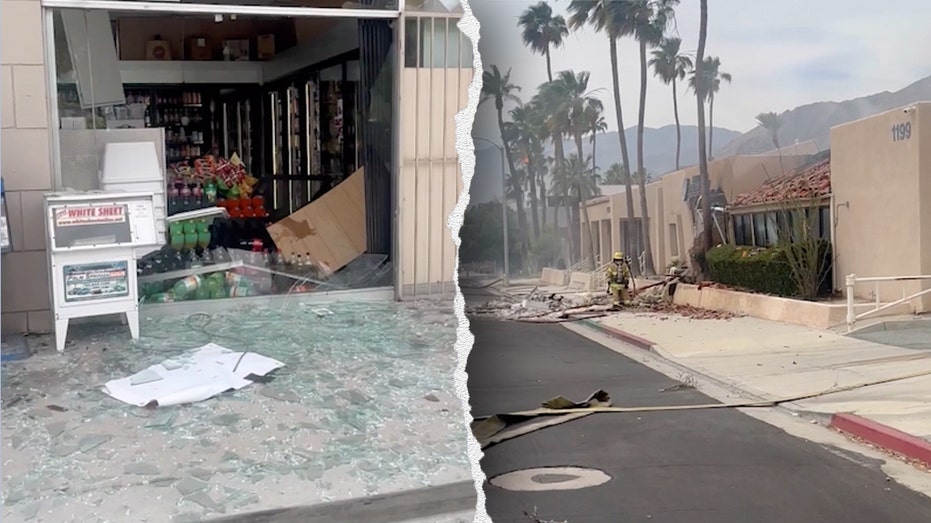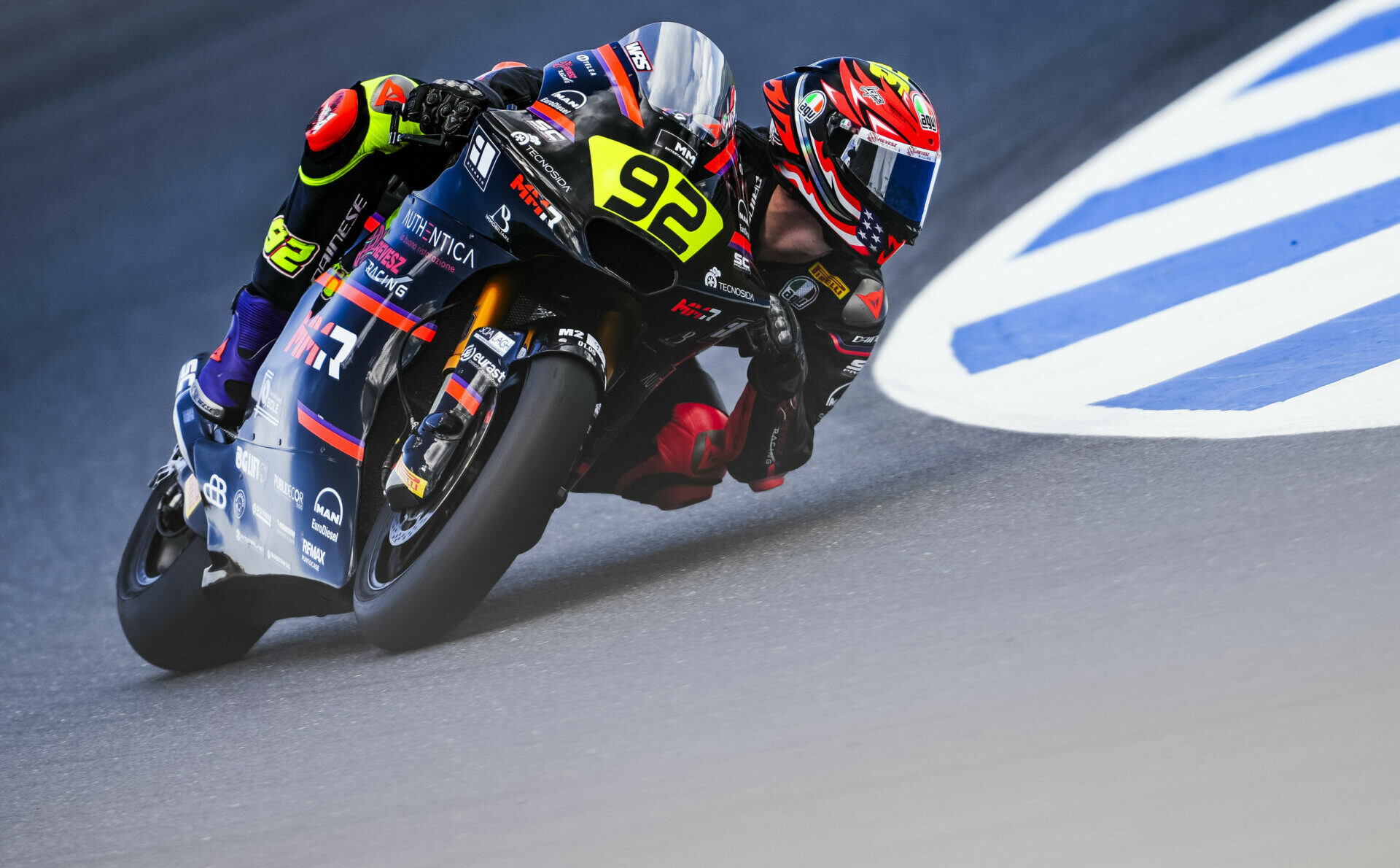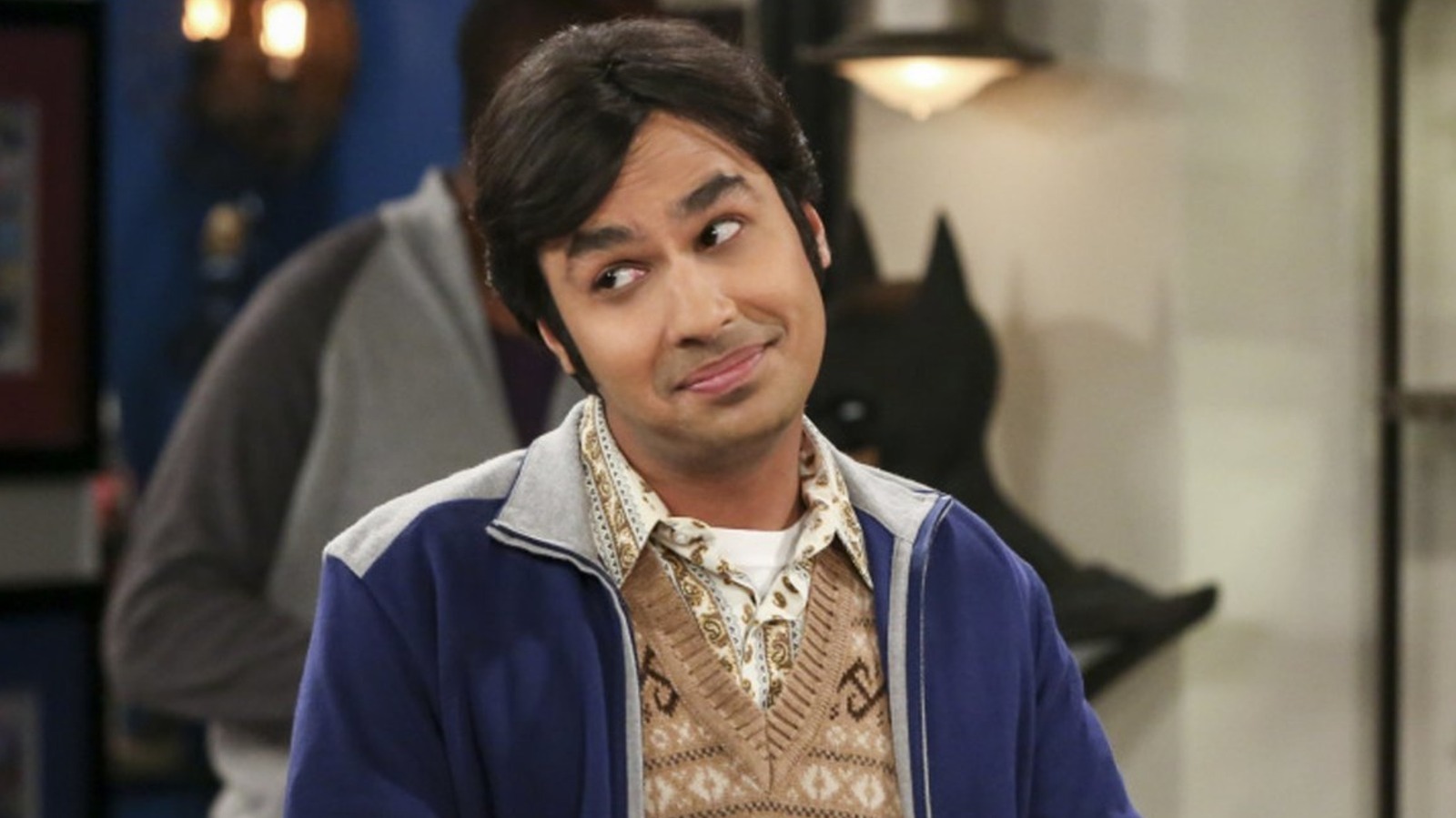‘Nouvelle Vague’ Review: Richard Linklater’s ‘Breathless’ Making-Of Biopic Is a Delightful Hang
Cannes 2025: The filmmaker's labor of love also showcases a little-heralded aspect of Linklater's career: technical craft The post ‘Nouvelle Vague’ Review: Richard Linklater’s ‘Breathless’ Making-Of Biopic Is a Delightful Hang appeared first on TheWrap.

In 1959, a film critic picked up a camera, threw out the rule book, and forged a new kind of cinema on the streets of Paris. Three decades later, a young slacker pulled off a similar feat in Austin. And on Saturday, an American master world premiered a moving and richly entertaining tribute to the unbridled creativity that propelled both himself and his spiritual mentor to Cannes.
A labor of love and a product of considerable craft, Richard Linklater’s “Nouvelle Vague” — which chronicles the making of Jean-Luc Godard’s “Breathless” — is more than just a valentine to the French New Wave; the film is also a stealth showcase for a filmmaker rarely heralded (or for that matter, tribuned) for his technical sophistication. Indeed, without ever calling too much attention to its more than 300 VFX-shots, Linklater’s latest plays as a hang-out film from a world gone by – a ramble across 1950s Paris that ushers viewers into the nearest café, inviting them to pull up a seat.
How else could the maker of “Dazed and Confused” go about this making-of?
Though working in French and shooting in a period-appropriate black-and-white, 1.33 aspect ratio, Linklater has lost little of his own creative voice in translation. What’s more, he clearly sees a bit of himself – if a bit more caustic, and with a more pronounced Swiss lisp – in the young Jean-Luc Godard (Guillaume Marbeck, a professional photographer making his outstanding film debut).
The filmmaker frames his subject as an avatar for all upstarts with more moxie than means, without ever following the old ‘man-before-the-Myth’ framework. If anything, the Cahiers du Cinéma critic that enters the film is already fully-defined and a legend in his own mind. The trick is getting everyone to pay attention.
Godard’s social circle spans far, welcoming in best-frenemy Francois Truffaut (Adrien Rouyard), cinephile-turned-assistant-director-turned-subsequent Cannes Film Festival consigliere Pierre Rissient, (Benjamin Clery), and Godard’s own spiritual mentor, Roberto Rosselini (Laurent Mothe).
His network includes the countless fellow critics-turned-filmmakers that made up the Cahiers du Cinéma masthead, those with names like Chabrol, Rivette, Rohmer and Varda – and though I’m not going to use any more review space listing the many denizens of this demimonde (nor putting each corresponding actor’s name in parenthesis), rest assured that Linklater gives each and every figure the star treatment, with their own dedicated title card.
And by the time the film picks up, nearly all of them have already made the leap into filmmaking – all except one. And so, with fire and drive and an endless reserve of tobacco, Godard (even at this nascent juncture nobody dares call him Jean-Luc) pulls together the barest of budgets to fund the most threadbare of crews and he takes to streets with a girl, Jean Seberg (Zoey Deutch) and a gunman, Jean-Paul Belmondo (Aubry Dullin).
Contrary to Linklater’s prior contributions to the hang-out canon, here, the unstructured days are often filled with tension. The American star Seberg cannot fathom her new director’s improvisational methods, while the film’s producer bristles at a production schedule that shoots for little more than an hour a day – and some days, not at all. Godard, you see, is a chill-time zealot, and he’s just as happy to smoke, drink, sit, stroll and play the occasional game of pinball as he waits for the unexpected to reveal itself. Or as he says to Seberg when asked for a bit more structure: “I know. I understand. And I don’t care.”
This skepticism between the director and his crew serves as the central dramatic arc, though “Nouvelle Vague” never gets too tense. Even if you don’t know how “Breathless” turns out, the very existence of a prestige biopic made 60 years later and premiering in Cannes should offer some pretty good clues. Instead, the film takes equal pleasure in lingering, watching sparks fly between the Seberg and Belmondo while their director surely finds his footing. “If they never let you direct again, you’ll make a great dolly grip,” quips the DP.
Actors Guillaume Marbeck, Zoey Deutch, and Aubry Dullin all bear uncanny resemblances to their iconic characters, but more importantly, all share an appealing spontaneity, riffing and teasing and prodding one another – threading this technically rigorous production with a similar catch-of-life airiness to that of a film from 66 years ago that somehow still seems modern. Linklater’s slight but charming film will never occupy as lofty a perch as the classic it recreates, but then, the director knows that. He already devised a more befitting homage when he picked up a camera, threw out the rule book, and forged his own kind of cinema some 35 years ago. Now, he wants to spread the love.
The post ‘Nouvelle Vague’ Review: Richard Linklater’s ‘Breathless’ Making-Of Biopic Is a Delightful Hang appeared first on TheWrap.


















































































